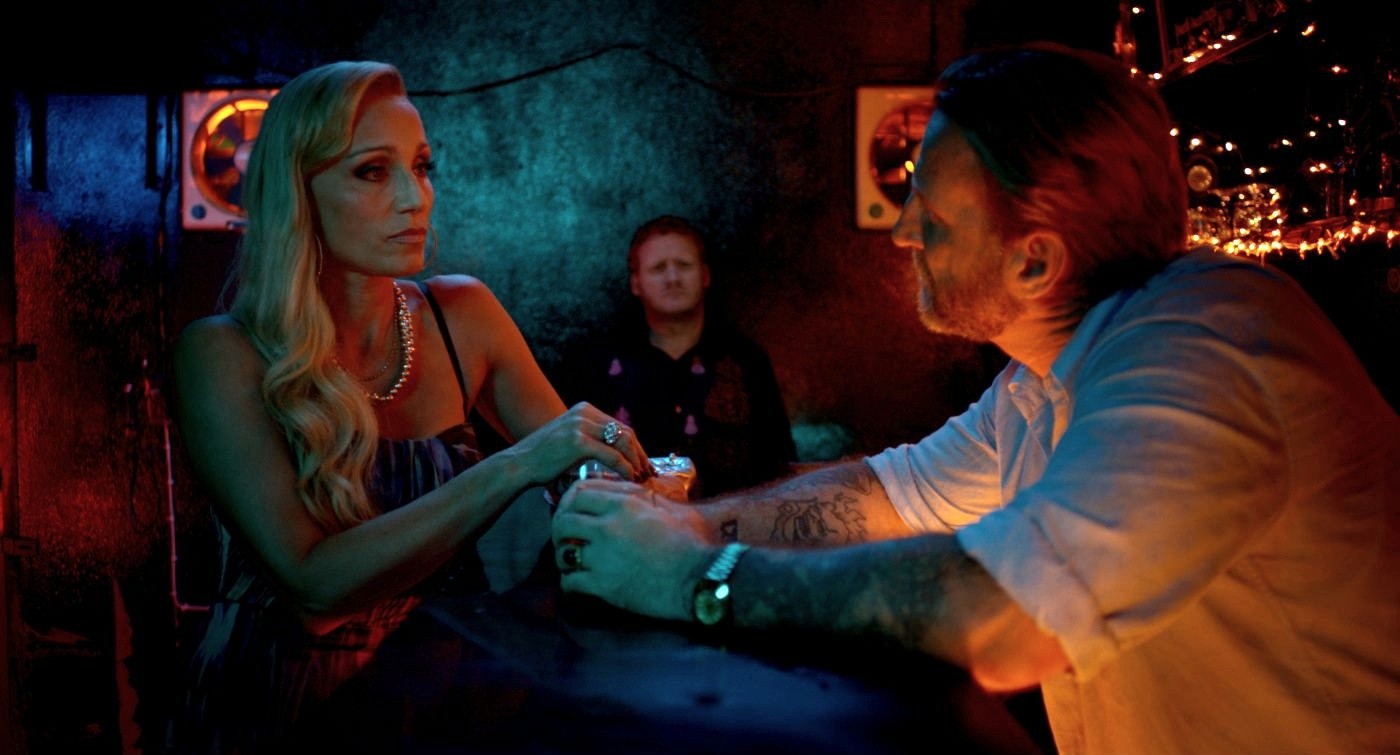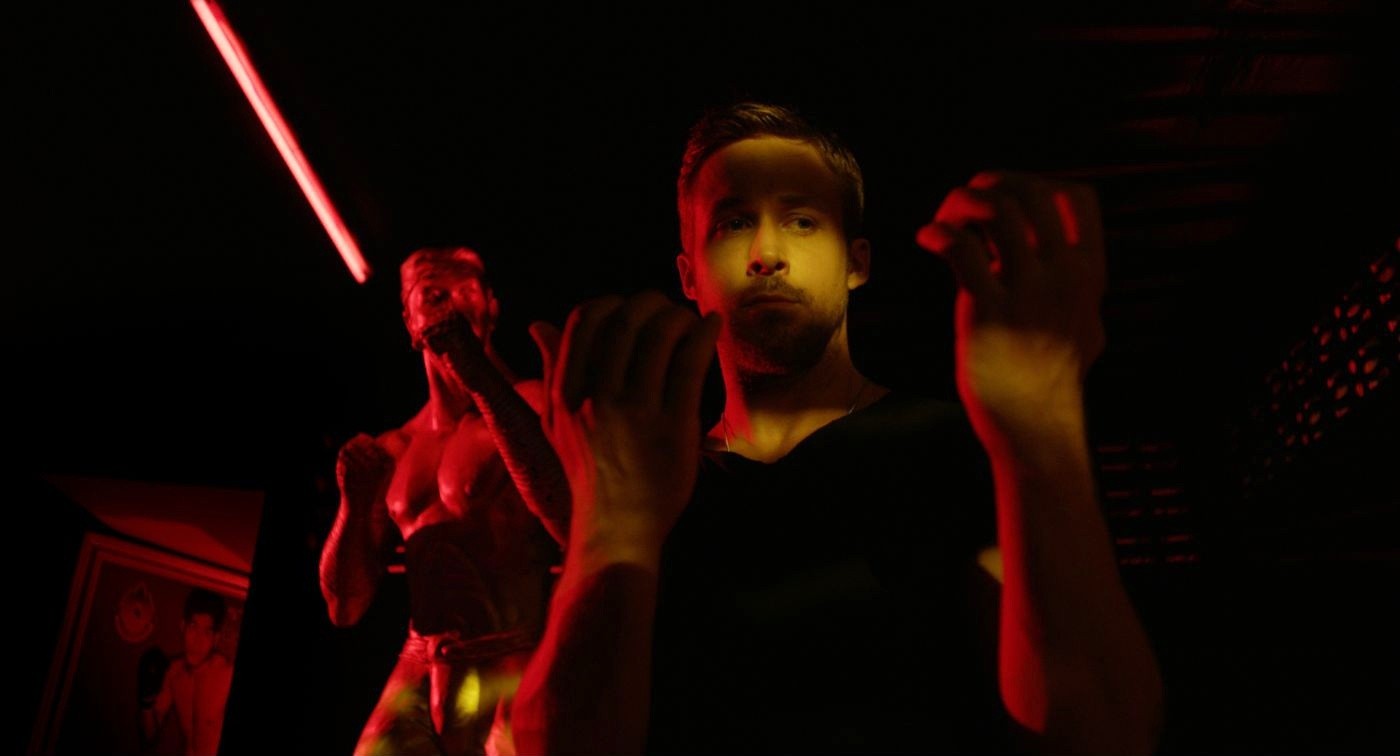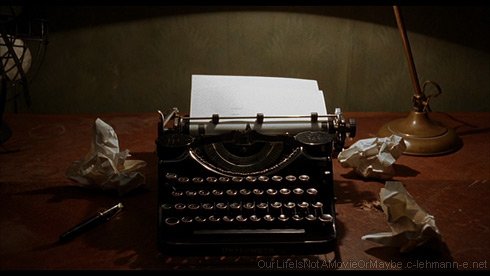At 2013’s Venice Film Festival, pioneering filmmaker Hayao
Miyazaki, premiering his latest film The
Wind Rises, announced that he would be retiring. Miyazaki announced this a couple
of times in the past, however there seems to be a certain sense of finale this
time round. It is with a sense of sadness and honour that the film world
received this news. Most are now eagerly awaiting his feature film swan song, The Wind Rises, and are producing
retrospective looks at the great filmmaker’s past. While I do intend to produce
a look back at Miyazaki’s works at a later date, this article seeks to look at
my encounters with the great filmmaker’s work and how they influenced my life
in (retrospect) profound ways. My respect for Miyazaki's films manage to illustrate my development as a film fan, along with my own personal experience. This can be particularly supported by the film, Princess Mononoke, which happens to be my all-time favourite.
I first encountered anime on Cartoon Network back in the
late nineties/early noughties. My parents had recently upgraded our TV from terrestrial
(only five channels!) to Sky, which contained a whopping 300 channels plus! My
little mind was blown by what was available. A week later, an odd little anime
series started called Dragon Ball Z,
which literally unlike anything I had seen before – comedy and science-fiction and
epic fist-to-fist action all mixed together to form an unfolding story of
increasingly silliness. I was, of course, into Pokemon (well, okay that was my first true experience of anime),
but Dragon Ball Z was something else.
Soon, I would track down any of kind of TV or film that resembled the Dragon Ball Z style, which I would learn
was of Japanese origin and called ‘anime’, such as Osamu Tezuka’s Metropolis, Shaman King, Gundam Wing and
Tenshi Muyo. This would eventually
lead me to the discovery of the classic TV and film of the medium such as Akira, Ghost in the Shell, Full
Metal Alchemist and Neon Genesis
Evangelion. These TV shows and films proved to have a spectaculars
influence on me, breaking the mould on what a story and characters could do (in
particular the mind-bending Evangelion).
For a child raised on Disney and Spielberg/Star
Wars films, anime represented a break from the norm and introduced me to a
new way of thinking.
Somewhere down the line I watched Princess Mononoke.
At secondary school, I was part of a short lived anime/manga
club that united us strange students together by our mutual love of the medium.
The teacher who ran the club lent me Princess
Mononoke. While the violent content at the start of the film fitted into my
(limited) view of anime at the time, the film left me somewhat perplexed. This
was before viewing Evangelion and Ghost in the Shell, meaning that Mononoke was easily the most cerebral
and thematically heavy film I had seen up to that point. The whole thing went
over my head, in particular the subtle story-telling and culturally specific
references. I returned the DVD to the teacher, shrugged and moved on. A decade
later, I would call Princess Mononoke
my all-time favourite film. A couple of years later, I stumbled across Spirited Away in my local Blockbuster.
Wanting to watch more anime, I rented it and was overwhelmed by the weirdness
of the film. But somehow it weaved a wonderful kind of magic. Not seeing any
connection between Mononoke, Spirited Away remained a wonderful anomaly.
As my love of anime continued, the forums (a new concept at the time!) were
discussing an animation studio called Ghibli and a director Hayao Miyazaki.
Both Princess Mononoke and Spirited Away came up as part of this
director’s wider works. Following the release of Howl’s Moving Castle (the anime magazines began to run
retrospectives on Miyazaki in time for the film), Optimum slowly began to
re-release the director’s (and studio’s) back-catalogue, which me and my
brother would collect. My Neighbour
Totoro, Nausicaa of the Valley of the
Wind, Porco Rosso, Laputa: Castle in the Sky, Grave of the Fireflies, Whisper of the Heart, Kiki’s Delivery
Service etc. all became new kinds of experience in film for me, that
emphasised subtle story-telling, more liberal thematic concerns, slower takes
and beautiful animation. In addition, these films crossed a wide range of
genres, showing to me that anime was more than just shonen and mecha
exclusively. Most importantly, their love for strange narratives, odd
characters and magical worlds took me to another place entirely, defined by a distinctly
more Japanese view of the world In all this time, but somehow the themes
remained universal. I re-encountered Princess
Mononoke, and thoroughly enjoyed it. However, something was still holding
me back from pure-love like the rest of the internet. I was 14-15 by this point
and the immediacy of Spirited Away
and Laputa appealed to me more. However,
I can say that these films were my first encounter with the concept of film as
art.
Soon, I had devoured the complete Studio Ghibli filmography and
had introduced me to a new way of filmmaking. Miyazaki’s films had introduced
me to new ways of enjoying films outside of the enjoyment factor of the story –
whether they are recurrent themes, stylistic traits and the actual filmmaking
technique. You could say it was my first encounter with that old film studies
theory, autueurism. Additionally, Miyazaki’s films introduced me to the idea of
world cinema and art-house, outside of Hollywood. I was soon encountering the works
of Akira Kurosawa, Stanley Kubrick, David Fincher and Sergio Leone. This
growing love of the wider reaches of cinema would lead me to studying film at
university as half of my university degree. Most importantly, Miyazaki’s films
raised important issues such as equal rights for women, ecological and
environmental concerns and the importance of individuality. Joe Hisaishi's music scores were also fascinating to me. This really was the rest time (outside of Star Wars and Indiana Jones) that I was aware of the power music could have juxtaposed with moving images. I would track down the soundtracks and really became my entry into the wider world of music. Hisaishi's music inspired me to learn keyboard, but, after years of failure, I converted to guitar, which I still play to this day. Miyazaki’s films
would have a profound impact on how I viewed the world in my formative years
and continue to do so today. These films also managed to pull me through some
difficult times in my teenage years, in particular the hardships of high
school. By placing an emphasis on individuality, I strove to stick to my own
personal values and integrity.
As high-school became college, which became university, I
slowly lost interest in anime and moved onto new things. While I had moved on
to try out new things, the works of Ghibli remained a strong part of me, becoming
ingrained into my subconscious. Their approach to cinema had a great impact on
me and helped to develop my love of the medium in general. As I explored
stranger, more obscure avenues of film, the Ghibli films would remain on my
shelf, gathering dust, waiting for me whenever I wanted to venture back to
their wonderful world. I would always watch the new one out on release (Ponyo was a particular delight) At university, I was exploring new ways of thinking and
approaching history and film. The experience was both intellectually
stimulating and liberating from my small life in the middle of Yorkshire. This
life and intellectual development changed the way I viewed films. One summer
between second and third year of university, I pulled Princess Mononoke from the shelf and put it in my DVD player. I
wasn’t in a good state of mind in that period and needed something to cheer me
up. 2 hours later I was left stunned. After a decade, I had finally got Princess Mononoke. The amazing
animation, the ambiguous nature of the story and characters, the strong themes,
and the overriding message of ‘live’ really spoke directly to me and hit me on
an almost subconscious level. The reasons for the slower story and calm
moments, that were once mysterious to me, had become clear. I could elaborate,
but I want to save it for my full analysis of the film. I began to revisit his
other films and the experience proved just as eye-opening. Studio Ghibli had re-entered my life, just now with a new found sense of appreciation. It soon became clear that Miyazaki's works had had a profound impact on my life that I wasn't even aware of. Truly great art
grows better with age and the works of Miyazaki fully represent this. Suddenly,
this filmmaker’s art had become clearer to me. This also led to an awakening of
Miyazaki’s influence on myself, which led me to writing this very article.
People ask me all the time what my favourite film is. After
much searching, I can say that it is Princess
Mononoke, for it represents my complete journey as a film fan and how my
tastes have developed over the last decade. I’m sure in the next decade it will
remain so. While the retirement of Miyazaki can be seen as something of a loss,
his body of work will continue to influence young cineastes and film fans. For
his films represent an excellent entry point to treating film as an art form and
can emphasis producing intelligent films that can appeal to all ages. His
filmography will remain a crucial part of the cinema landscape, for both the
young and the old. For me personally, Miyazaki's films helped me to develop into the person I am today. Thank you Miyazaki-san, for your amazing body of work


























